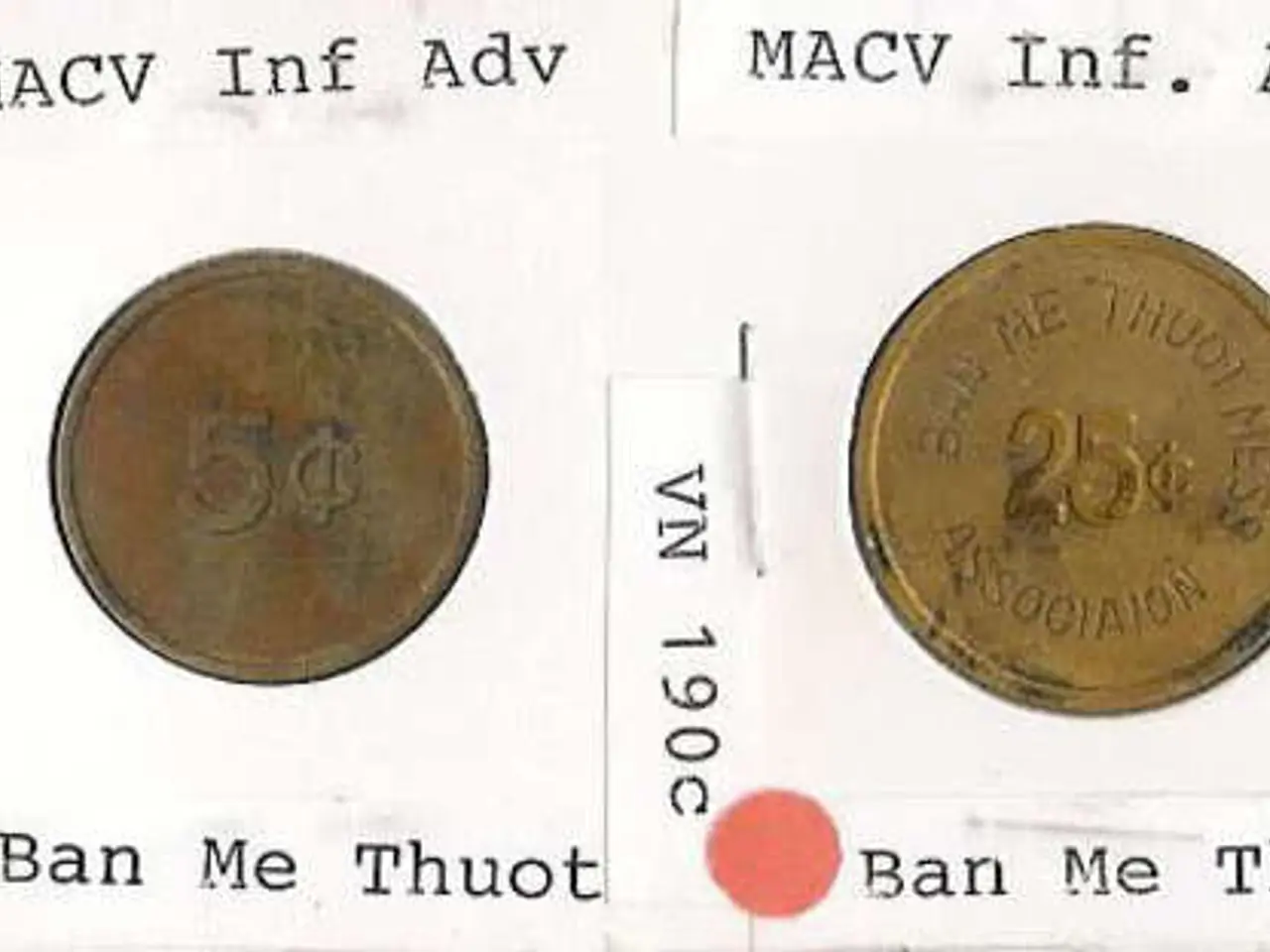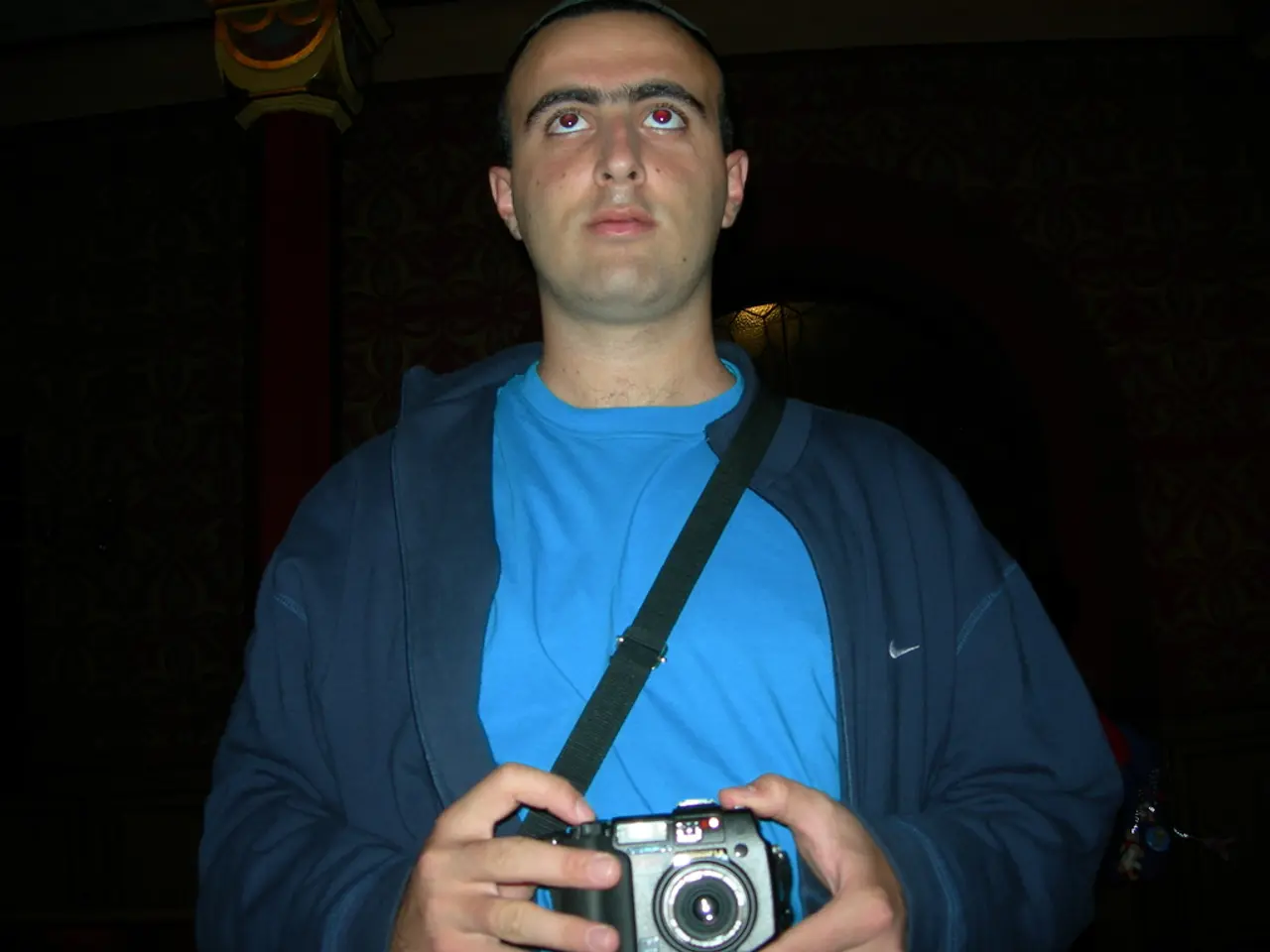Artificial Intelligence Provides a Reason for Designers to Be Open Instead of Anxious
================================================================
In the past, various technological advancements have been met with skepticism and fear by creators, from photography to radio broadcasting, and more recently, streaming services. However, history shows that these technologies have not only survived but thrived, and creators who embraced them have reaped significant benefits. Today, artificial intelligence (AI) is causing similar apprehensions, but it presents a new opportunity for creators to innovate, diversify income, and connect with audiences in deeper ways.
Historical adaptations:
Photography, for instance, was once considered a cheap cheat and not true art by portrait painters when it emerged in the 1830s. Critics argued that a painter was not a copying machine, a rhetoric that creators today use to describe AI. However, painters adapted by shifting styles, such as to Impressionism, while photography expanded into its own art and scientific domains. Ultimately, photography revitalized and diversified artistic creation rather than destroyed it.
Similarly, radio broadcasters initially viewed the medium as a rival that would steal audiences, even stopping news releases to radio networks to limit competition. However, smaller independent radio stations ignored these limits and thrived by broadcasting timely news during major events, forcing the industries to reconcile and innovate. Later, broadcasters extended their presence onto new media platforms like social media live streaming to retain relevance and reach.
Musicians also initially resisted streaming services because they disrupted album sales revenue. However, successful musicians like Ed Sheeran and Avicii recognized streaming as a promotional tool that drives concert attendance—the primary money source—thus adapting their business models to leverage streaming for broader exposure and revenue.
Leveraging AI today:
The core lesson is to view AI not as a threat but as a complement that expands creators’ capacities, just as photography, radio, and streaming have done in the past. AI can be a powerful tool for automating routine tasks, personalizing and tailoring content at scale, discovering new creative styles and methods, enhancing interaction with audiences, opening new revenue models, and more.
Creative asset company Shutterstock now sells multimodal datasets populated with Shutterstock images, video, audio, and 3D data, demonstrating the potential of AI to transform the creative industry. The company recently licensed its data to UK-based text-to-video AI company Synthesia. Content creators are also selling unused, unpublished video footage to AI companies.
Artists who embraced streaming, such as Calvin Harris, earned millions, while Taylor Swift has amassed an estimated $387 million since embracing streaming. Musicians initially rejected streaming because of its disruption to revenue from album sales, but newer artists like Ed Sheeran and Avicii saw streaming services as a tool to drive live shows where the real money still lives.
Policymakers should resist calls for special protections that would stifle AI’s growth. Dutch painters used photography to revive portrait commissions and extend revenue by photographing paintings. Artists in the 1830s feared that photography would replace portrait painting, but they successfully capitalized on a resurgence in portrait painting.
In summary, by studying past technological disruptions, creators can confidently adopt AI technologies to innovate their art, diversify income, and connect with audiences in deeper ways, turning potential threats into transformative opportunities. Given the chance, creators will adapt, innovate, and turn the next big disruption into their next big opportunity.
- In the past, just as photography was initially met with skepticism by portrait painters, today's creators express similar apprehensions towards artificial intelligence (AI).
- The creative asset company Shutterstock sells multimodal datasets populated with Shutterstock images, video, audio, and 3D data, showcasing the potential of AI to transform the creative industry.
- Policymakers should resist calls for special protections that would stifle AI's growth, as history has shown that creators can capitalize on technological disruptions, rather than being left behind.




